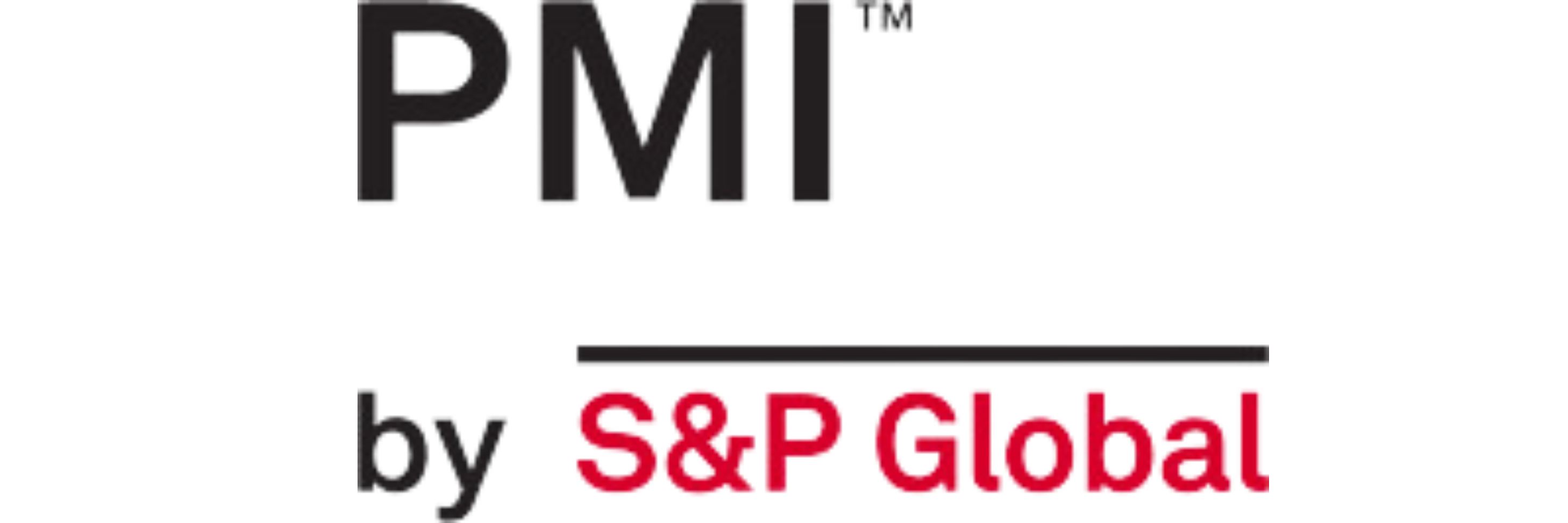It was a mixed picture for the manufacturing Purchasing Managers Index (PMI) data produced by S&P Global that was published this week. The global figure slipped further into negative territory, a trend that was, inevitably, shared by many countries. However, the UK was an exception to the direction of travel and still has a PMI above 50, although September was the lowest figure since June.
The Global Purchasing Managers Index (PMI) for manufacturing, produced by S&P Global and sponsored by J P Morgan, slipped back again in September to stand at 48.8 – this is the 3rd consecutive negative reading and the lowest since June/July 2023 (when it was 48.7 and matching the value seen in October 2023). We explore the national trends below, but the main driver at the global level was with contractions indicted for output, new orders, employment and stocks of new purchases (although the latter is heavily affected by one-off factors in the USA). The only positive indication came from extended suppliers’ delivery times but this is likely to be due to shipping delays (Red Sea disruption and US Port Strikes) rather than the fact that they are all very busy (which is what the calculation assumes).
As noted above, the UK somewhat bucked the trend, at least in terms of the level of the PMI and although it fell by 1 point to 51.5 it is one of only 10 of the 30 countries/regions that we cover in this report to be in positive territory. Both output and new orders grew in September, albeit at a slower pace than in August, but employment and stocks of purchases both declined. As with the global report, supplier’s delivery times provided a boost to the calculation despite a specific reference to this being due to moving shipping away from the Red Sea – this has also driven up input prices although these are not part of the PMI calculation. Although total orders increased there was a further fall in new export business.
The Euro-zone remains the weakest region in a global picture that is not that strong to start with. The overall Euro-zone manufacturing PMI fell to 45.0 – this is its 27th consecutive sub-50 reading (a position that started in July 2022) and the lowest since last December. At the regional level, output, new orders and employment all fell at accelerated rates, with orders helped down by even weaker export demand. The shortening of delivery times came to an end in September, as eurozone manufacturers reported only minor delays from suppliers. Also, input costs declined for the first time since May and the price of goods leaving the factory gate across the euro area also decreased in the final month of the third quarter.
By country, there are some positive signs in the South of the Euro-zone with Spain (up to 53.0 – its highest since May but slightly surprising given the close links to the German automotive industry) and Greece (which saw a fall but just managed 50.3) the only countries in positive territory. France (44.6) and the Netherlands (48.2) managed to improve their manufacturing PMI compared to August while remaining in negative territory but the main concern is Germany where the PMI fell to 40.6 (42.4 in August) – this is its lowest reading since last September.
Elsewhere in the European Union, Sweden (51.3) continues to be the only country in expansion territory, although, like the UK, at a lower level than in August. Hungary (49.7) and Poland (48.6) and Hungary saw an improved but still negative reading, while Czechia (46.0) and Romania (47.3) slipped back further below the threshold in September.
There were mixed trends for the other European countries, that we cover at the moment with Kazakhstan (52.3) maintaining its positive reading despite a\ lower figure than in August; Switzerland (49.9) saw an improvement in its reading but did not quite manage to reach the threshold and Turkiye (44.3 – the lowest since the pandemic) saw its already negative figure fall further.
All of the Asian countries/region in this report saw a lower reading than in August, although Japan was only fractionally down. India (56.5), Taiwan (50.8) and the ASEAN group 50.5) had positive readings while Australia (46.7), South Korea (48.3), China (49.3) and Japan (49.7) were all below the 50-threshold.
Finally, in the Americas, Brazil (53.2) and Canada (50.4 and edging to its first positive reading since a brief spike in April 2023) both saw an improvement compared to August, while the September reading for the USA and Mexico (both 47.3) and Columbia (48.1) all slipped back.
Across the 30 countries/regions in this report, the highest manufacturing PMI continues to be in India (56.5), although its lead has slipped over the past few months; the lowest overall reading was in Germany (40.6). Compared to August, the most improved country was Brazil (up by 2.8 points to 53.2) while the largest decline was in South Korea (down by 3.6 points to 48.3) and Turkiye (down by 3.5 points to 44.3).
The manufacturing PMI is a weighted composite index of new orders (30%), output (25%), employment (20%), suppliers’ delivery times (15%) and stocks of purchases (10%).
The individual S&P Global PMI reports are available to download on their website at https://www.pmi.spglobal.com/Public/Release/PressReleases but we also have a summary charts report which is available to download below. You should note that the PMI readings for Hungary, Sweden and Switzerland are not compiled by S&P Global but can be found with an appropriate internet search (it also means that they are not part of the global PMI calculation).

